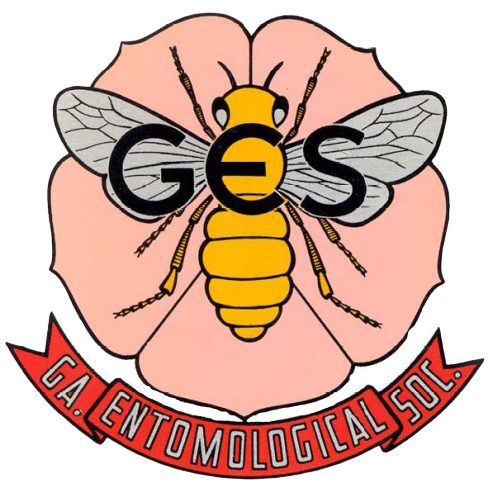Sex Pheromone of the Female Squash Vine Borer (Lepidoptera: Sesiidae)
Analysis of ovipositor extracts of the squash vine borer Melittia cucurbitae showed that a major component in the extracts was (E,Z)-2,13-octadecadien-l-ol acetate along with traces of (Z,Z)-and (Z,E)-isomers. The extracts probably also contained (E,Z)-2,13-octadecadien-l-ol, geometrical isomers of 3,13-octadecadien-l-ol acetate, (Z)-9-hexadecen-l-ol, (Z)-9-hexadecen-l-ol acetate, (Z)-11-hexadecen-l-ol acetate, hexadecan-l-ol acetate, (Z)-13-octadecen-l-ol acetate, and (Z)-13-octadecen-l-ol. Trapping tests with permutations of these compounds showed that a binary mixture of (E,Z)-2,13-octadecadien-l-ol acetate and (Z,Z)-3,13-octadecadien-l-ol acetate (99.7:0.3) was required to effectively cause capture of males. The binary mixture proved to be more effective as a lure for squash vine borer males than (E,Z)-2,13-octadecadien-l-ol acetate alone. Thus, behavioral evidence indicated that a 2,13- plus 3,13-isomeric combination of octadecadien-l-ol acetates quite likely is a natural element in the female sex pheromone of this moth. Physical chemical evidence for the 3,13 isomer in the female extracts was equivocal because its purported occurrence was at a trace level and absolute verification of the compound's structure was not possible.
Contributor Notes
2Vegetable Laboratory, Beltsville Agricultural Research Center Agricultural Research Service, USDA, Beltsville, MD 20705
